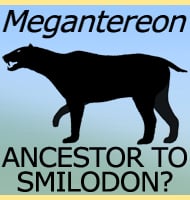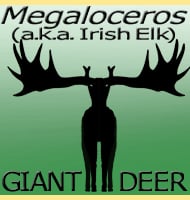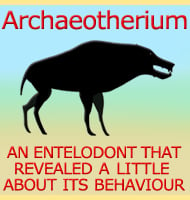In Depth
Just thirty years before its description, the concept of dinosaurs evolving into birds was still a very controversial theory that did not have universally wide acceptance in academic circles. However, since the opening of fossil beds in China, new discoveries have slowly but steadily been made, each one adding more and more weight to the birds from dinosaurs theory. What is becoming increasingly harder to do now though is establish a line between bird like dinosaurs and dinosaur like birds.
Eosinopteryx is yet another feathered dinosaur from China which displays that feather development as we know in birds started at least as far back as the mid/late Jurassic in the dinosaurs. Eosinopteryx is regarded as more of a dinosaur however, of a type referred to as a troodontid. It also does not seem to have been capable of flight as it lacks a development of tail feathers that would have aided steering in flight like in modern flying birds. Eosinopteryx also had reduced feather growth around the legs which may indicate that the legs were kept free for a greater range of movement while running. As a troodontid dinosaur, Eosinopteryx seems to have been cursorial in its behaviour, which means that it ran about on the ground, possibly in a forest environment. Aside from insulation, the feathers on its arms may have allowed it to glide in a manner of slowing its rate of descent as it hopped off things like tree trunks, either to escape predators or to chase after small prey items like invertebrates, lizards or even primitive ancestors of modern mammals.
Because Eosinopteryx displays developed feathers as far back as the mid/late Jurassic it has muddied the waters somewhat in terms of where true birds first appeared. Really though it is still early days to definitively establish the earliest feathered ancestor since feathered dinosaurs are now being discovered so thick and fast that every year many more discoveries, each a smaller part of a bigger picture, are being made.
Further Reading
- Reduced plumage and flight ability of a new Jurassic paravian theropod from China, P. Godefroit, H. Demuynck, G. Dyke, D. Hu, F. O. Escuillie & P. Claeys - 2013.









